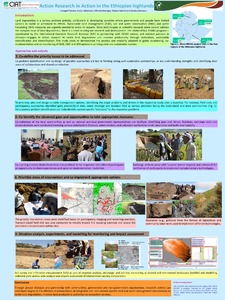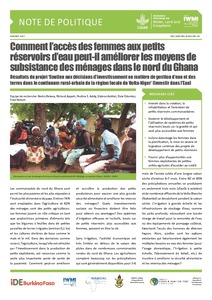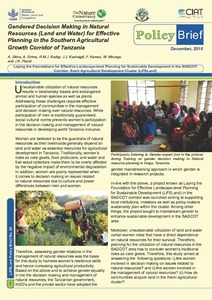Participatory Criteria Selection: Finding Conflictive Positions in Environmental Postassessment of Land Management and Restoration Actions
Stakeholder participation in environmental assessment of past land management and restoration actions in drylands is important to improve knowledge and management of these ecosystems. Participatory identification and prioritization of monitoring and assessment criteria, while increasingly incorporated into assessment, is still perceived as challenging due to conflicting values and perspectives among stakeholders.




